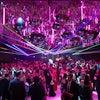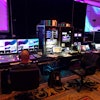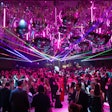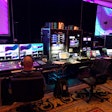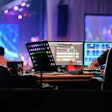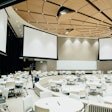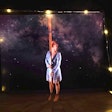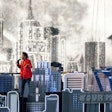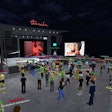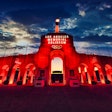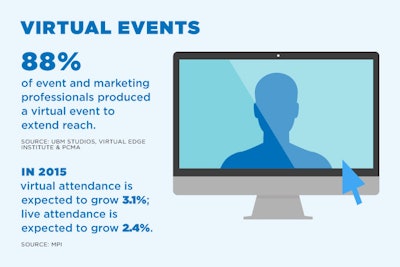
This story is part of a five-part series on how technology has changed the event industry. See the introduction to the package here.
Audiovisual and editing systems have become smaller, more advanced, and often more affordable, unleashing “creativity and storytelling that was only available to the Spielbergs in the past,” Lee says. This phenomenon of democratization has created an interesting contradiction: on the one hand, audiences and companies have become more accustomed to user-generated content. “Brand managers have become smarter and maybe more open about not having it too strict and too perfect,” Bessette says. “Brands need to be more authentic these days and perfection isn’t necessarily authentic. So I think they realize you don’t need to control it as much.”
On the other hand, as people are surrounded by stunning, high-definition images in their daily lives, it becomes more challenging to create digital content that stands out. “Today many of your attendees produce their own high-definition videos and photos, fly their own drones, and use special effects and template animations to send riveting, personal stories to their friends via YouTube, Vine, Facebook, and others. And they are exposed to the high-end graphics and images from the online gaming industry,” Lee says. “So when the doors open at your event, they expect high-impact visuals, customized messages, and to-the-point presentations.”
Almost anything that can be imagined can be created as digital decor. “We don’t have to do large dramatic drapes when you can put visuals up. Projections are very eye-catching and really elevate an event,” says Pam Dzierzanowski, vice president of event marketing at Patrón Spirits Company. One of the most striking advancements in audiovisual technology is projection mapping, which uses software and projectors to turn buildings and other objects into video display surfaces. “Projection mapping is an important force for transformation in an event space. You can transform a building or an experience throughout the course of a night,” Porter says.
[PULLQUOTE]
Advancements in equipment and online capabilities have also established the concepts of virtual and hybrid events, allowing people around the world to participate in real time in experiences that were once confined by the walls of a venue. While initially some planners feared offering online access would reduce the number of people choosing to attend in person, statistics to the contrary from early adopters such as SAP, H.I.M.S.S. (Healthcare Information and Management Systems Society), and Educause have helped to alleviate those concerns.
In a 2012 study sponsored by the MPI Foundation and Sonic Foundry, of those respondents who had added a hybrid element to their events, 23 percent said attendance was up in future years at their face-to-face event, and 65 percent of respondents said they did not see any change in in-person attendance. MPI’s Winter 2015 Meetings Outlook predicts attendance at both virtual and live events will continue to grow.
Next: Cracking the Code
Previous: Changing the Planning Process
